What is the tolerance range of precision screws?
What is the tolerance range of precision screws?
Service Hotline
+86760-8787 8587We have more than ten years of experience in screw industry production. The main products are: flat head column, straight knurled rivet mother column, GB861, chamfered bolt, half tooth bolt and nut, 4 lengthened screw, flat gasket assembly forward and reverse directions, rubber head Bolts, colored rivets, pan-tilt tripod nuts, large flat head flat head bolts, blackened lock nuts, round head bolts, cross head screws and bolts, national standard high-strength screws, large hexagonal bolts and other fasteners, due to the product material and specifications Each is different and the price is also different, please contact us if you need it.


Supporting T-bolts for pre-embedded channels, including hot-rolled pre-embedded channels, the lower part of the pre-embedded channel is provided with a longitudinal opening, and the head of the T-bolt enters from the opening and is clamped in the pre-embedded channel. There are plane teeth at the connection between the buried channel and the T-bolt, and the T-bolt has a tooth-shaped structure matched with the plane teeth. The direction of the teeth is parallel to the slotting direction, and the tooth-shaped cooperation achieves anti-slip effect. However, when the nut tightened on the T-bolt becomes loose, it will cause the T-bolt to move into the embedded channel and lose the toothed fit, thus changing the fixed position of the T-bolt in the embedded channel.
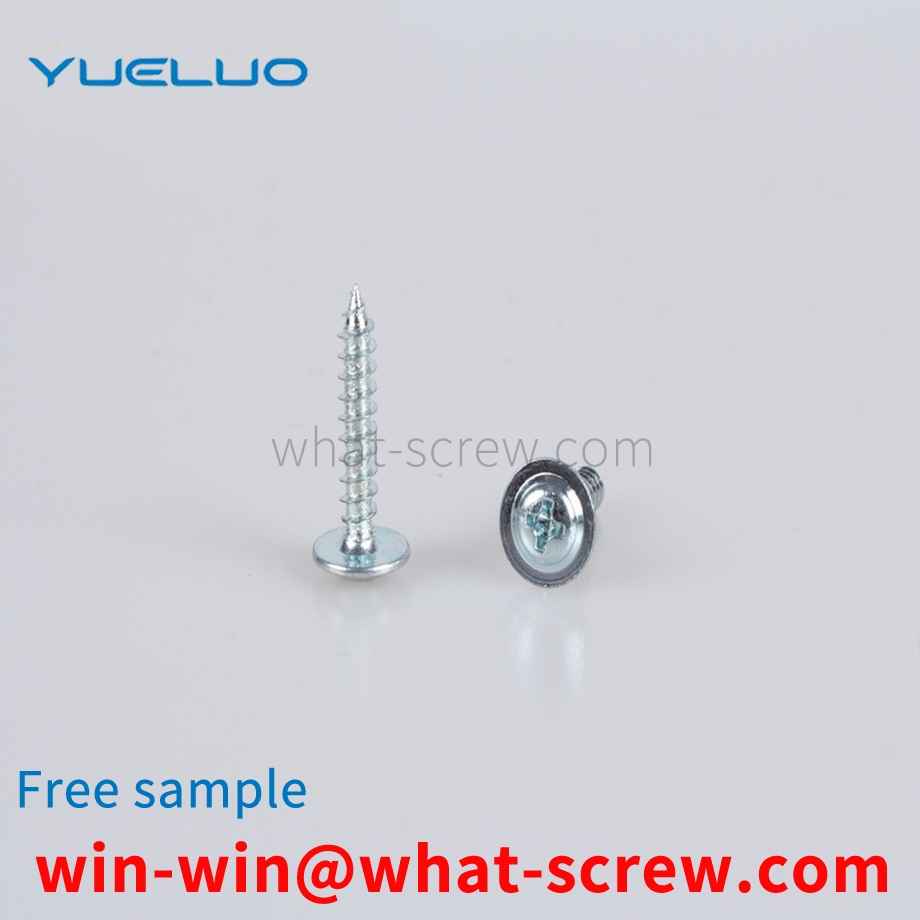
In the manufacture of fasteners, the correct selection of fastener materials is an important part, because the performance of fasteners is closely related to its materials. If the material is improperly or incorrectly selected, the performance may not meet the requirements, the service life may be shortened, or even accidents or processing difficulties may occur, and the manufacturing cost will be high. Therefore, the selection of fastener materials is a very important link. Cold heading steel is a steel for fasteners with high interchangeability produced by cold heading forming process. Because it is formed by metal plastic processing at room temperature, each part has a large amount of deformation and a high deformation speed. Therefore, the performance requirements of cold heading steel raw materials are very strict. On the basis of long-term production practice and user research, combined with GB/T6478-2001 Technical Conditions for Cold Heading and Cold Extrusion Steel GB/T699-1999 High-Quality Carbon Structural Steel and target JISG3507-1991 Cold Heading Characteristics of Carbon Steel Wire Rod for Steel, taking the material requirements of grade 8.8 and grade 9.8 bolts and screws as an example, the determination of various chemical elements. If the C content is too high, the cold formability will be reduced; if it is too low, the mechanical properties of the parts cannot be met, so it is set at 0.25% - 0.55%. Mn can improve the permeability of steel, but adding too much will strengthen the matrix structure and affect the cold forming performance; when the part is quenched and tempered, it has the tendency to promote the growth of austenite grains, so it should be appropriately improved on the basis of international standards. 0.45 % - 0.80 %. Si can strengthen the ferrite and reduce the cold formability. SP is an impurity element, and their existence will cause segregation along the grain boundary, resulting in the embrittlement of the grain boundary and damage to the mechanical properties of the steel. It should be reduced as much as possible. B. The maximum value of boron content is 0.005%, because although boron element can significantly improve the permeability of steel, it will also increase the brittleness of steel. Excessive boron content is very unfavorable for workpieces such as bolts, screws and studs that require good comprehensive mechanical properties.
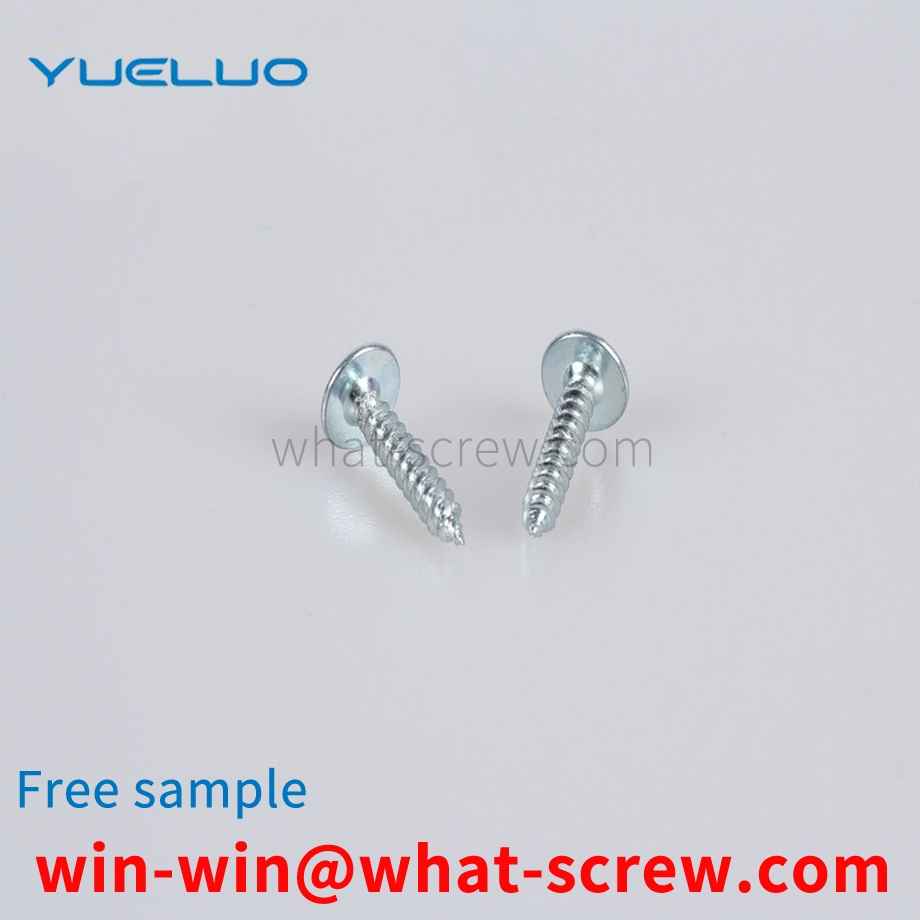
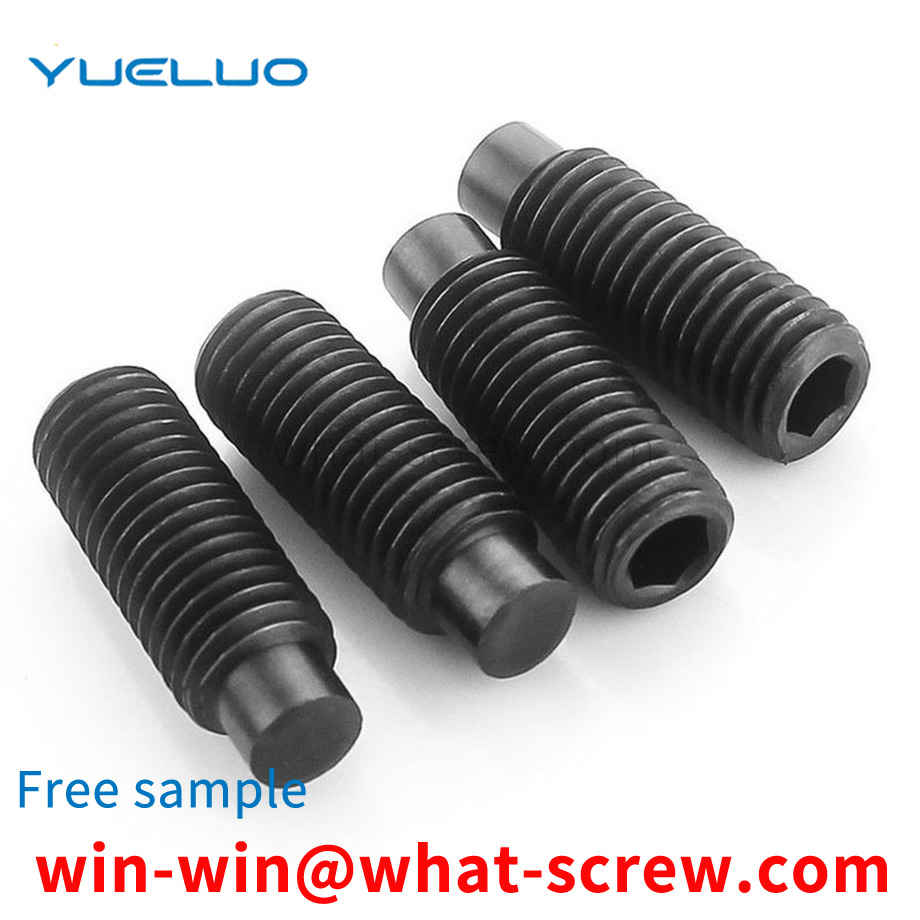
In real life, rivet nuts are used. With different specifications and different uses, many people are familiar with this tool but don't know how to use it properly. In fact, rivet nut tools have manual and transmission, and now are rarely used for manual. If you choose to use electric rivet nuts in order to improve production efficiency, which of the two is more widely used? The following describes the use of electric rivet nuts and manual nuts. How to use the manual rivet nut tool: Insert the rivet nut into the drilled installation hole with a rivet mother tool to fix the rivet nut. (1) Screw the rivet nut onto the rivet nut tool 2) Use the rivet nut tool to insert the rivet nut into the drilled mounting hole. (3) Tighten the nut, and press the handles on both sides of the rivet nut tool to the direction of the middle round rod. You can only press it hard. Therefore, this pressure must be in place. It is forbidden to repeatedly squeeze the handles on both sides to damage the nut. Fastening thread in the form of inside. (4) The rivet nut tool is separated from the rivet nut: just loosen the ball head in the picture, and the tool will be separated from the nut after completely loosening.
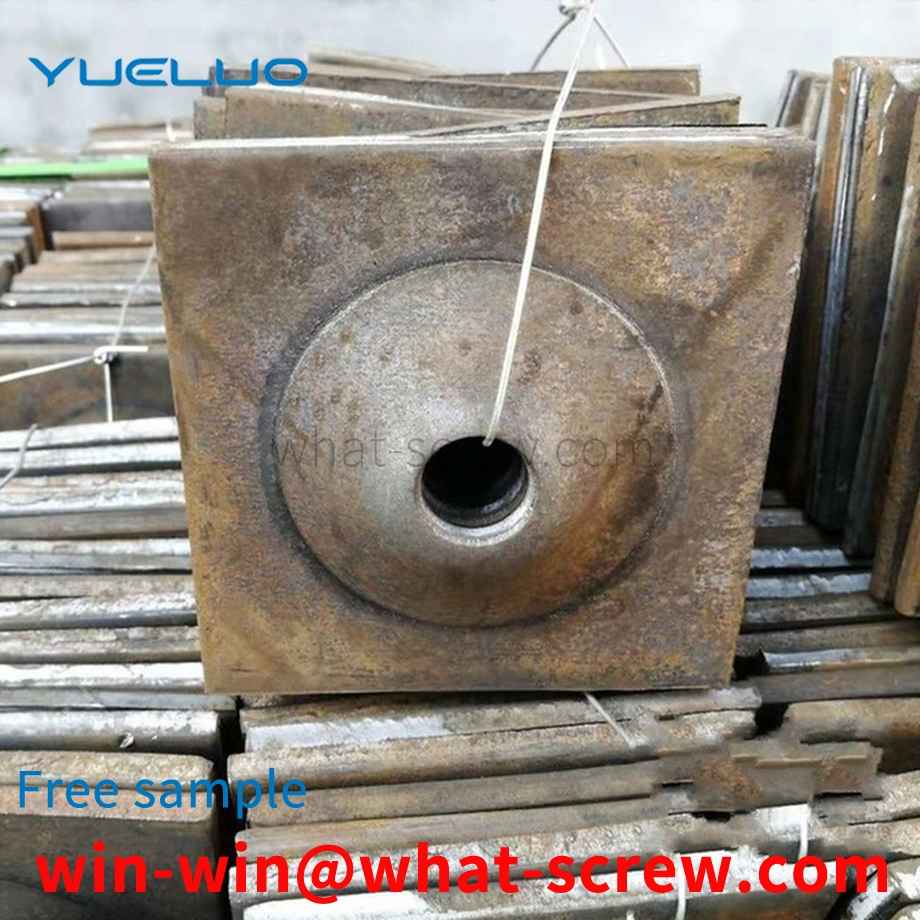
Each self-tapping screw is composed of three parts: the head, the shank and the end of the shank. The composition of each self-tapping screw has four major elements: head shape, wrenching method, thread type, and end form. 1. Head Shapes There are various head shapes. There are round head (semi-round head), flat round head, round head flange (with pad), flat round head flange (with pad), pan head, pan head flange (with pad), countersunk head, semi-countersunk head, Cylinder head, spherical cylinder head, horn head, hexagonal head, hexagonal flange head, hexagonal flange (with pad) head, etc. 2. Wrenching method The wrenching method refers to the way of twisting the head of the screw when installing and tightening the screw. There are two basic methods: external wrench and internal wrench. Generally speaking, external wrenching will allow more torque than any form of internal wrench (internal groove). External wrench: hexagon, hexagonal flange surface, hexagonal flange, hexagonal flower shape, etc.; internal wrench: flat groove, cross groove H type, cross groove Z type, cross groove F type, square groove, compound groove, inner flower Key, inner hexagon flower, inner triangle, inner hexagon, inner 12 corner, clutch slot, six-blade slot, high torque cross slot, etc. 3. There are many types of threads, including self-tapping threads (wide thread), machine threads (ordinary threads), drywall screw threads, fiberboard screw threads, and some other special threads. In addition, threads can be divided into single-lead (single-end), double-lead (double-end), multi-lead (multiple-end) and high-low thread double-end threads. 4. Terminal form There are two main types of terminal form: tapered end and flat end. However, according to the needs of use, at the screw-in part of the end, grooves, grooves, incisions or parts with a similar drill shape can be processed with cutting function. In some standards, it is also a tapered end or a flat end, and there are different forms such as a rounded end.
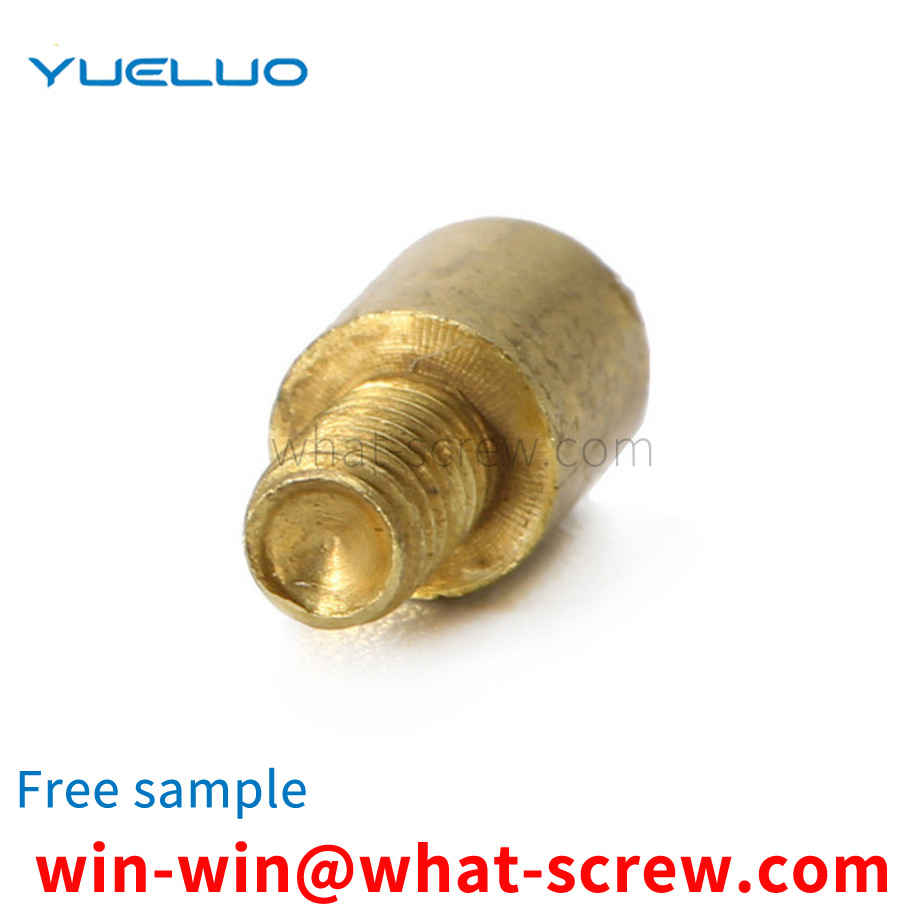
The above content is uploaded by Yueluo or the Internet. If there is any copyright issue, please contact [email protected].

What is the tolerance range of precision screws?

How to choose the right stainless steel screw manufacturer?

Why is there an R angle under the head of the hexagon head s...
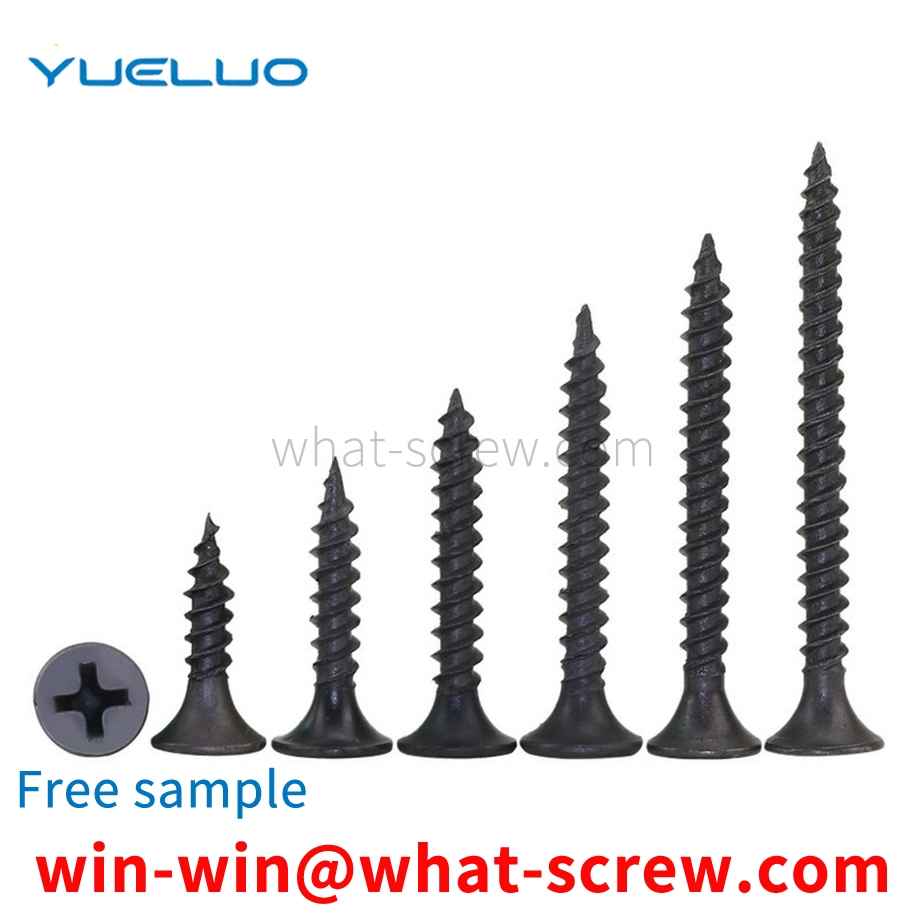
We have more than ten years of production experience in the ...
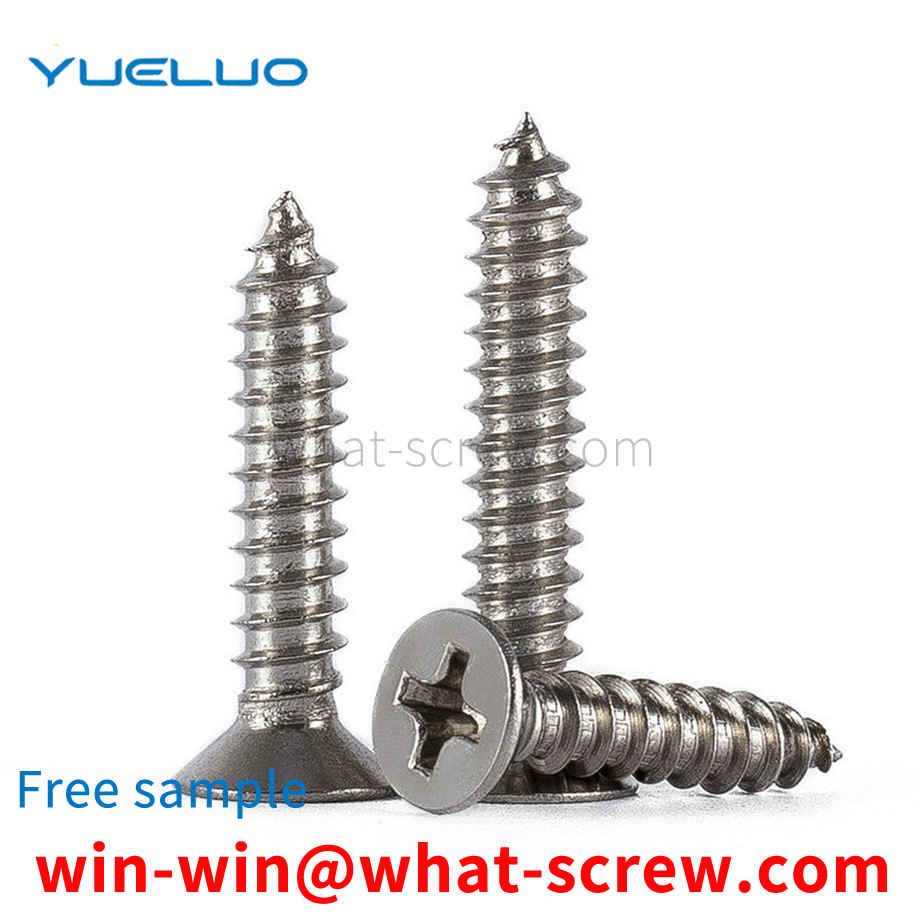
We have more than ten years of production experience in the ...

We have more than ten years of experience in screw industry ...

We have more than ten years of experience in screw industry ...